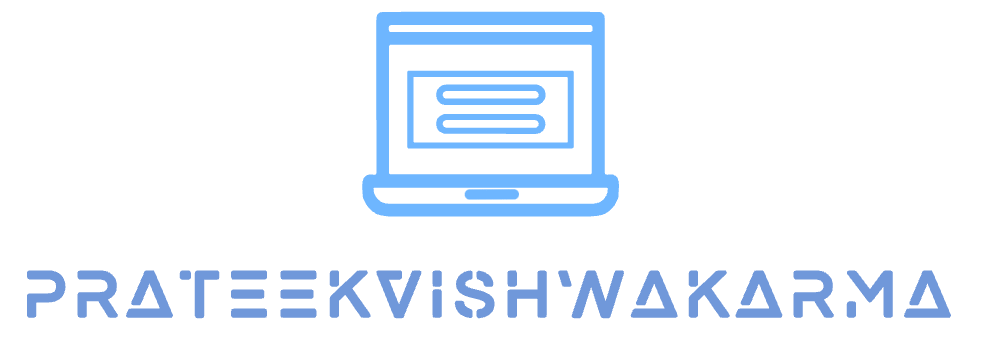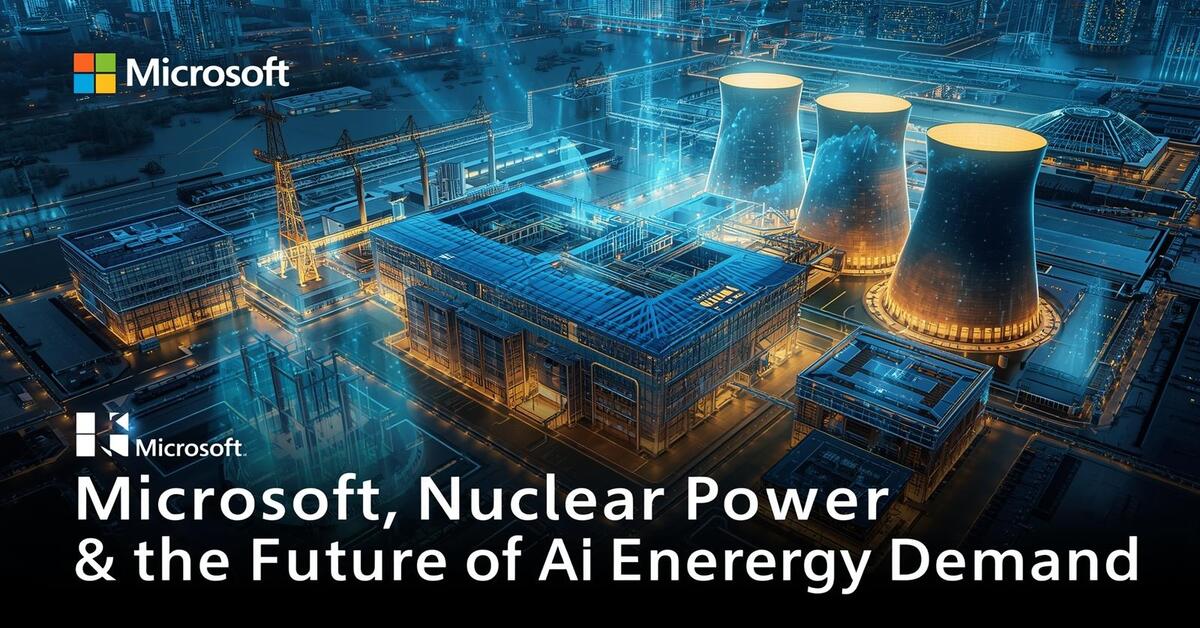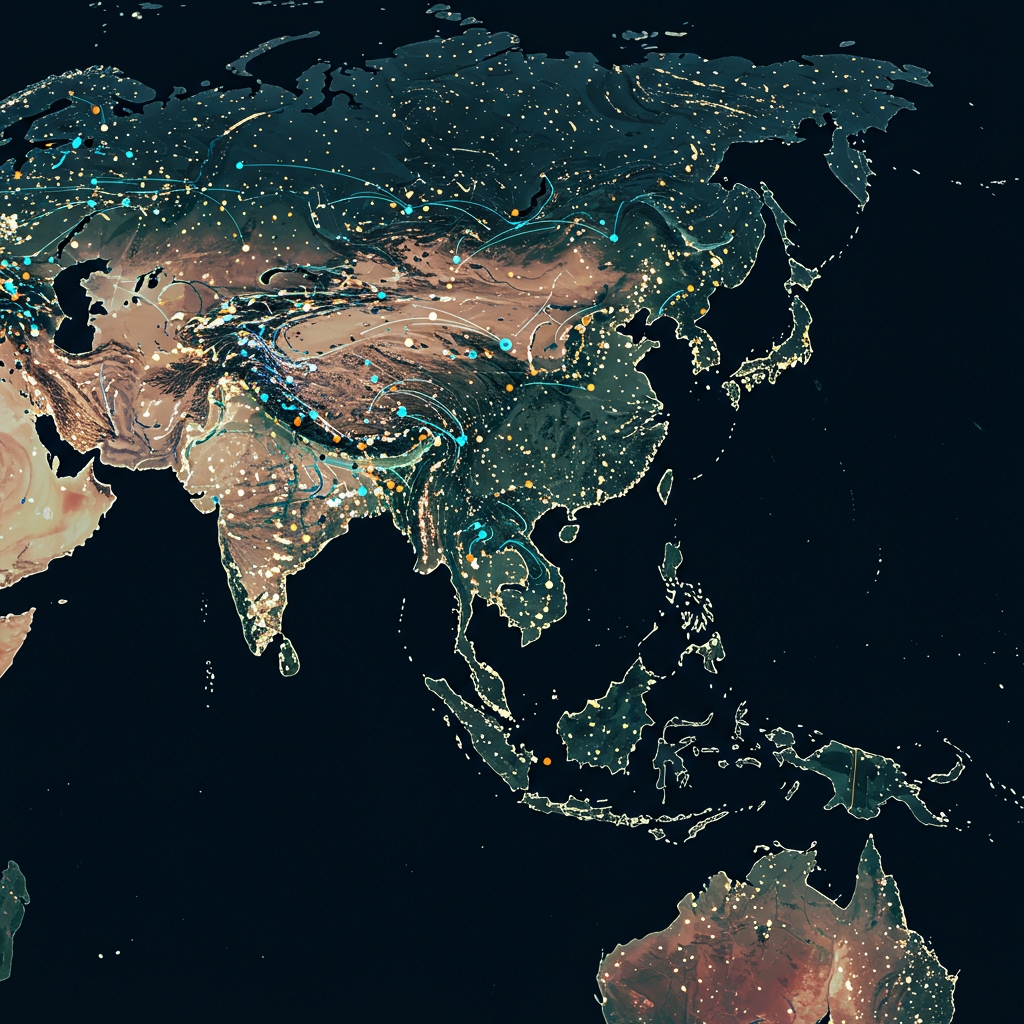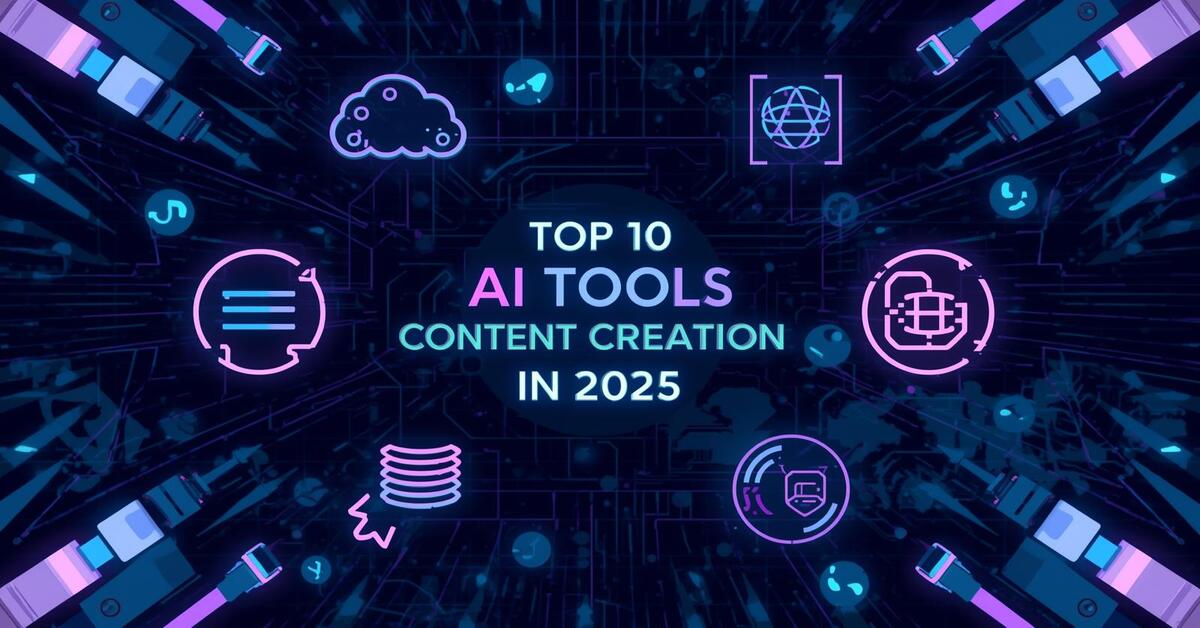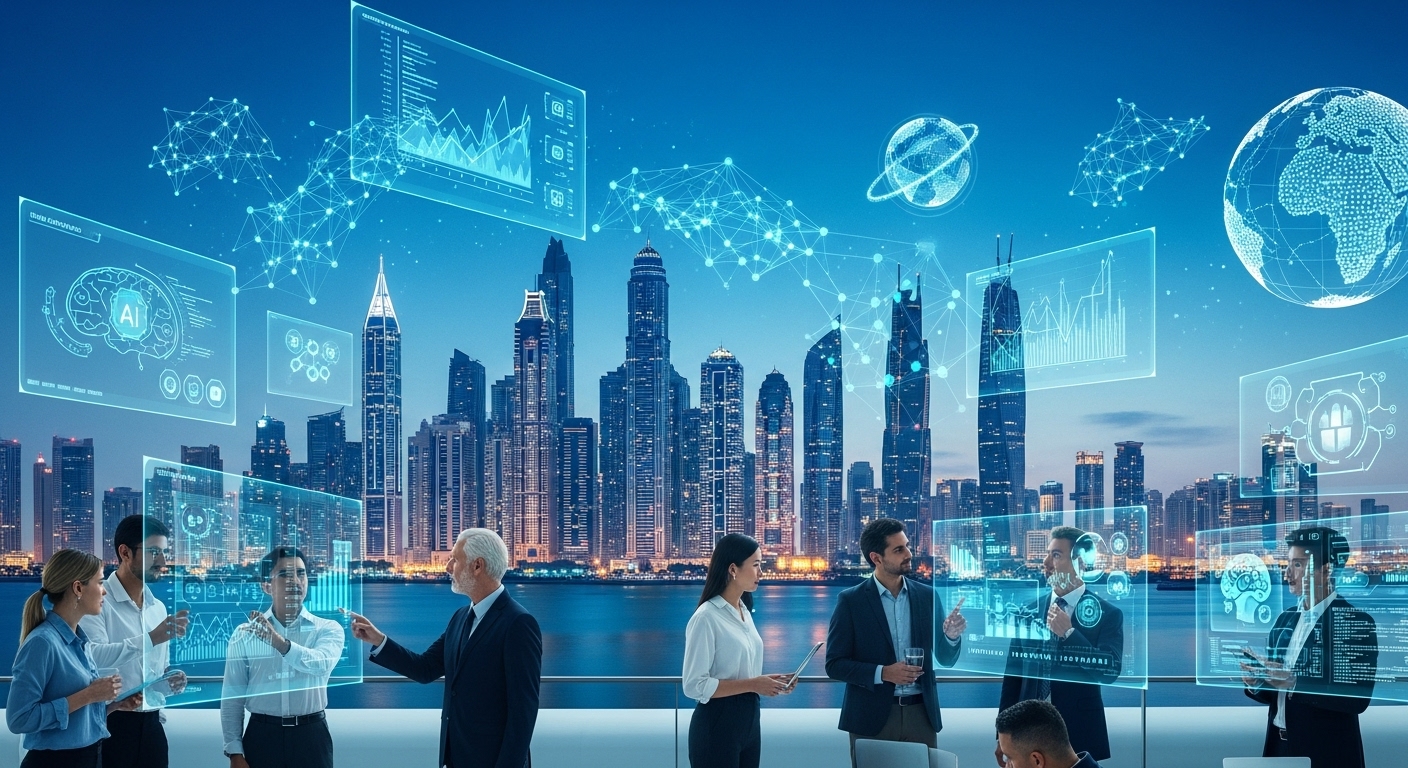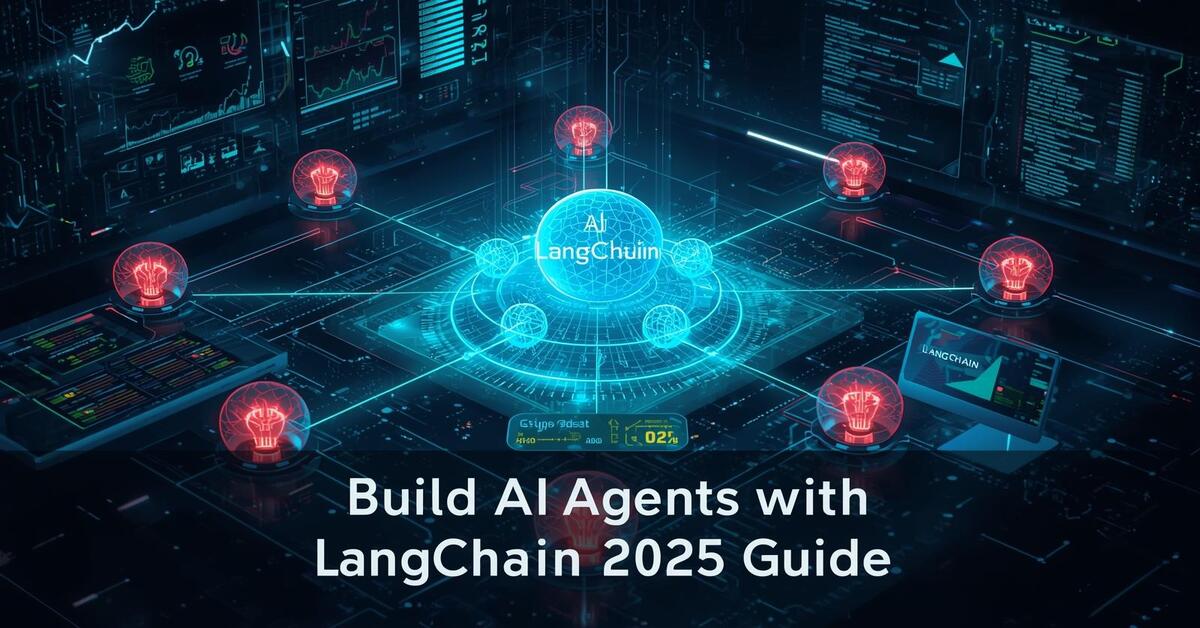Microsoft, Nuclear Power & the Future of AI Energy Demand (2025 Analysis)
Table of Contents
Introduction
Artificial Intelligence is advancing at a pace few predicted, but its rapid growth comes with an enormous challenge — energy consumption. The AI boom, powered by large data centers, is pushing global electricity demand to record highs. With cloud providers and AI labs racing to scale, the question isn’t just how powerful models will get, but how sustainable they’ll be.
In a bold move, Microsoft has joined the World Nuclear Association (WNA) — signaling that nuclear power may be a cornerstone of AI’s future energy strategy. This decision blends fresh news with a long-term question: Can nuclear energy fuel AI sustainably?
Microsoft Joins the World Nuclear Association
On September 2025, Microsoft officially became a member of the WNA. This move aligns with its long-term strategy to power data centers with clean, reliable, and scalable energy sources.
- Why it matters:
- AI workloads are increasing exponentially.
- Traditional renewable sources (solar, wind) are valuable but intermittent.
- Nuclear offers consistent baseload power, which AI systems require.
By joining WNA, Microsoft isn’t just investing in infrastructure — it’s sending a signal that nuclear could be the backbone of Big Tech’s future.
The Energy Appetite of AITo understand why Microsoft is looking at nuclear, it’s important to grasp the scale of AI’s electricity demand:
- Training a single large AI model can consume as much electricity as 500 U.S. households use in a year.
- Data centers globally already consume 1–2% of the world’s electricity, and this could rise to 8% by 2030 if AI adoption continues at the current pace.
- Cooling systems for GPUs, networking hardware, and redundancy add another significant energy burden.
In short: AI is power-hungry, and the world is struggling to keep up.
Why Nuclear Power?
Pros:
- Stable Power Supply: Unlike solar or wind, nuclear produces steady baseload energy.
- Low Carbon: It’s one of the cleanest large-scale energy sources.
- Scalability: Capable of supporting massive AI clusters running 24/7.
Cons:
- Public Perception: Nuclear accidents (Chernobyl, Fukushima) still haunt public opinion.
- High Cost: Building reactors requires billions and years of development.
- Regulation: Strict oversight slows down adoption.
Yet, for a company like Microsoft, the benefits outweigh the risks. For AI to keep scaling, energy must be both clean and abundant — something nuclear uniquely provides.
Alternatives: Renewables, Efficiency & Hybrid Models
Nuclear isn’t the only path forward. Microsoft and other tech giants are also experimenting with:
- Renewables (Solar, Wind, Hydro): Already powering parts of data centers, but supply can be inconsistent.
- AI-Optimized Cooling: Smart cooling systems reduce energy waste by up to 40%.
- Energy Storage & Grids: Batteries and smart grid technology may help balance supply with demand.
Still, nuclear remains the only option that combines scale + low carbon + reliability. Many experts believe a hybrid model (renewables + nuclear) will become the standard.
Global Implications
Microsoft’s move could ripple across the industry:
- Big Tech Adoption: If Microsoft succeeds, Google, Amazon, and Meta may follow.
- Energy Policy: Governments may accelerate licensing for small modular reactors (SMRs) to support tech growth.
- Public Debate: The clash between nuclear skepticism and AI’s unstoppable energy demand will dominate policy discussions.
In essence, AI may revive nuclear power globally, after decades of stagnation.
Looking Ahead (2025–2030)
What can we expect in the next five years?
- Short Term: Microsoft will test nuclear-backed data centers, possibly in regions with friendly regulation.
- Mid Term: Partnerships between AI labs and energy companies will expand.
- Long Term: A global shift where nuclear becomes part of the AI ecosystem, alongside renewables.
AI is not slowing down — and neither is its appetite for energy. Without radical changes, sustainability goals will clash with tech growth. Nuclear could be the compromise.
Conclusion
Microsoft’s entry into the World Nuclear Association is more than just a corporate move — it’s a statement about the future of AI. As the world debates sustainability and climate change, Big Tech is making clear: to power the AI revolution, we may need to embrace nuclear power.
This decision blends urgency with opportunity: while the risks of nuclear remain, the demand for AI leaves few alternatives. If Microsoft’s bet pays off, the future of AI could be powered by the atom.
FAQs
1. Why did Microsoft join the World Nuclear Association?
Microsoft joined the World Nuclear Association in 2025 to explore nuclear power as a reliable, low-carbon energy source for powering its AI-driven data centers.
2. How much energy does AI consume?
Training and running large AI models require massive computational resources. By 2030, AI-related data centers could consume up to 8% of global electricity, compared to around 1–2% today.
3. Can renewable energy alone power AI data centers?
Renewables like solar and wind help, but they are intermittent. For 24/7 AI workloads, consistent baseload power is needed, which nuclear can provide. A hybrid model (renewables + nuclear) is considered the most practical solution.
4. What are the risks of using nuclear power for AI?
Nuclear power faces challenges like public perception, high construction costs, and regulatory hurdles. However, it remains one of the cleanest large-scale energy sources.
5. Will other tech companies adopt nuclear energy for AI?
If Microsoft’s nuclear initiative proves successful, other companies like Google, Amazon, and Meta may follow, accelerating global investment in nuclear power for AI.
